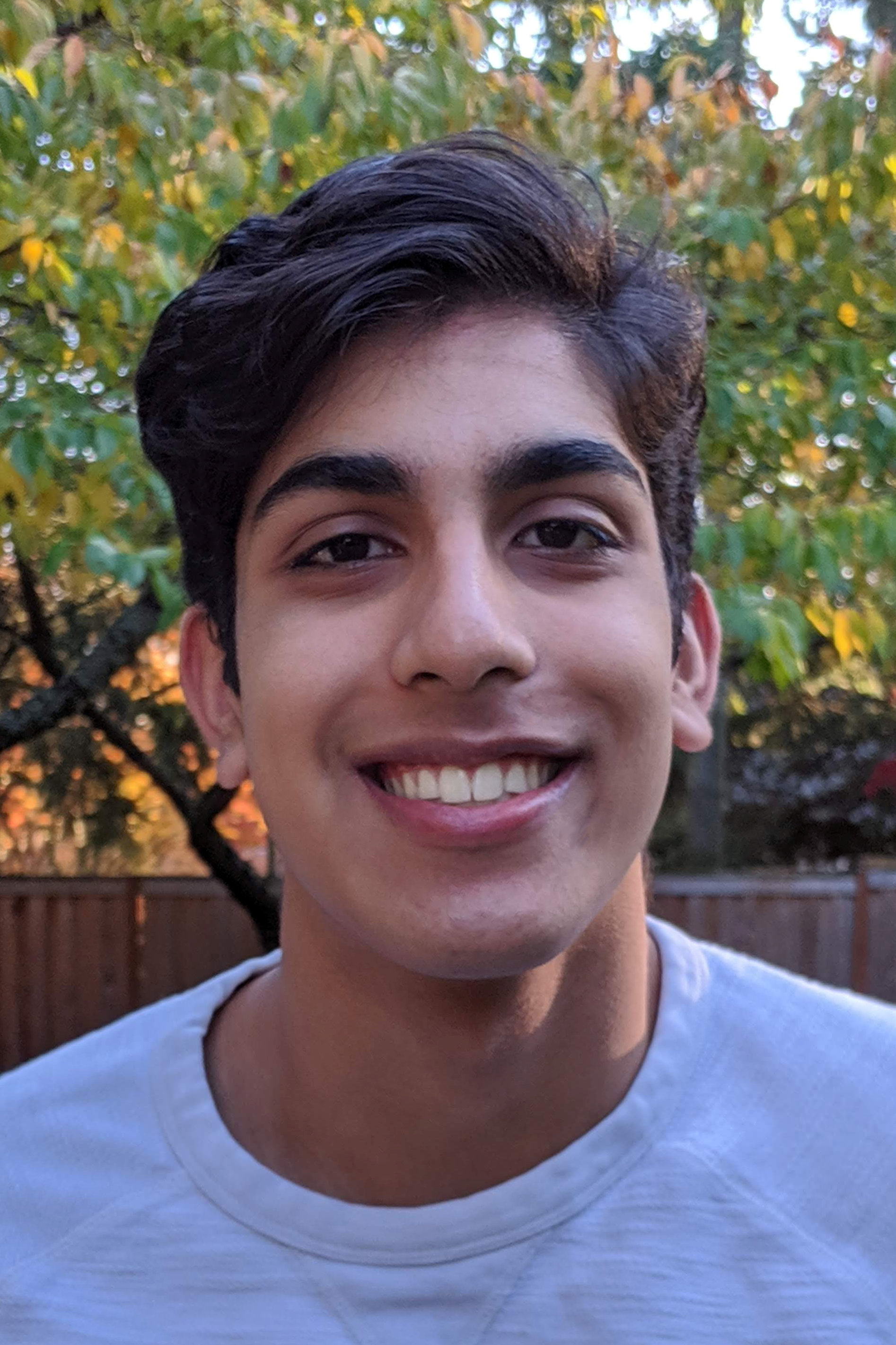About Me

Hi! I’m a second-year student pursuing a B.S./M.S. in Computer Science from Yale Univeristy.
At Yale, I’m currently doing research with Dr. Jason Liu in the Gerstein Lab on deep learning to understand high-order genomic interactions. I’m also involved in Yale Launch, Yale Helix, Yale Computer Society, and Yale Entrepreneurial Society working to develop my startup, websites, and increase opportunities for students on campus.
Research Interest
I am primarily interested in developing machine learning models and applying them to create healthcare solutions. My existing and previous research experiences have been at this intersection of computer science and biology where I’ve learned differential equation modeling, bayesian frameworks, artificial neural networks, and other deep learning techniques. I’m specifically interested in creating solutions that have a beneficial impact on society.
Publications
- Liu J, Spakowicz DJ, Ash GI, Hoyd R, Ahluwalia R, et al. (2021) Bayesian structural time series for biomedical sensor data: A flexible modeling framework for evaluating interventions. PLOS Computational Biology 17(8): e1009303. PLOS
- Ahluwalia,R., 2019. A Real-Time Detection System using Advanced Imaging Techniques to Diagnose Lipohypertrophy in People with Insulin Dependent Diabetes JOURNY
Honors and Awards
| Award | Year |
|---|---|
| [1] Regeneron Science Talent Serach Top 300 Scholar | Jan 2020 |
| [2] 2nd Place Grand Award in Biomedical Engineering at Intel International Science and Engineering Fair (ISEF) | May 2019 |
| [3] 2nd Award for the Ashtavadhani Vidwan Ambati Subbaraya Chetty Foundation (ISEF) | May 2019 |
| [4] 3rd Award, SPIE, the international society for optics and photonics (ISEF) | May 2019 |
| [5] HM in Acoustical Society of America (ISEF) | May 2018 |
| [6] First Tech Challenge World Championship Finalist | Mar 2017 |
Media and Television
- Baseball-playing teen seeks cure for Juvenile Diabetes KOIN6 Link
- Portland teen heads to D.C. to fight for diabetes funding KATU Link
Projects
• A Novel Optical Diagnostic Method for Detection of Blood Glucose using Reverse Iontophoresis and Personalized Nueral Networks. Diabetes is a chronic condition that requires constant monitoring of blood glucose and external administration of insulin. People with diabetes monitor their blood glucose by an invasive method of point-stick finger measurements with blood draws which is painful, expensive and inconvenient. The goal of this project was to develop a low-cost, portable near-infrared device that will detect blood glucose in a non-invasive manner. This device uses near-infrared light for detection of glucose concentration, reverse iontophoresis for glucose modulation, and neural networks for a personalized algorithm. Abstract
• A Bayesian Framework that Integrates Transcriptomics and Variable Selection to Predict Risk Genes for Glioblastoma. Genome-wide association studies (GWAS) have identified many glioblastoma-associated loci, but using these findings to elucidate disease biology remains a challenge. To address this, we present a specialized Bayesian Network (BN) analysis method to predict a set of high-confidence risk genes. This BN analysis method was tested upon a transcriptome database for glioblastoma. However, commonly in transcriptome databases, the data is based upon a time series. Currently, there is no well-established standard method to properly analyze the relationship between time and the target variables. Therefore, we present a method that is able to analyze time-series data effectively. This method was tested upon a transcriptome database for glioma cell lines. The dataset consisted of three time states for each of the varying drug concentrations. The goal of the analysis (1) identify risk genes for glioblastoma (2) analyze the effectiveness of the time-series method (3) determine the biological significance of these risk genes predicted. Based on the BN analysis, there were multiple high confidence risk genes identified. Further biological analysis of these genes can lead to the development of personalized treatments and potential therapeutics for glioblastoma. This proposed method can provide accurate analysis for transcriptome datasets where time-series data is present.Poster
• Real-Time Detection System of Lipohypertrophy using Ultrasound and Advanced Image Processing Techniques. Lipohypertrophy is a disease that impacts the entirety of the insulin-dependent diabetes population. As these excess adipose tissues build up, the effectiveness of insulin in these regions reduces leading to bad management of diabetes. This project was developed and presented at Intel Science and Engineering Fair. Abstract Paper Poster
•Postprandial Meal Modeling using Differntial Equations for a Model Predictive Control Algorithm in an Artifical Pancreas System. Model predictive control algorithms are inaccurate right after meals since they tend to overdose insulin which can lead to hypoglycemic events. To increase the accuracy of the MPC aglorithm, I designed a twelve-compartment differential equation based model to better predict the glucose response to meals. The model was unique from the current literature because it included multiple compartments for gut digestion of insulin and glucose. This algorithm was used to improve the prediction of hypoglycemic events after meals in the artifical pancreas system.
References
- Dr. Peter Jacobs: Associate Professor, Department of Biomedical Engineering, Oregon Health and Science University
- Dr. Andrei Rodin: Dr. Susmo Ohno Chair in Theoretical Biology, City of Hope Hospital
- Dr. Jason Liu: Postgraduate Associate, Department of Molecular Biophysics and Biochemistry, Yale University